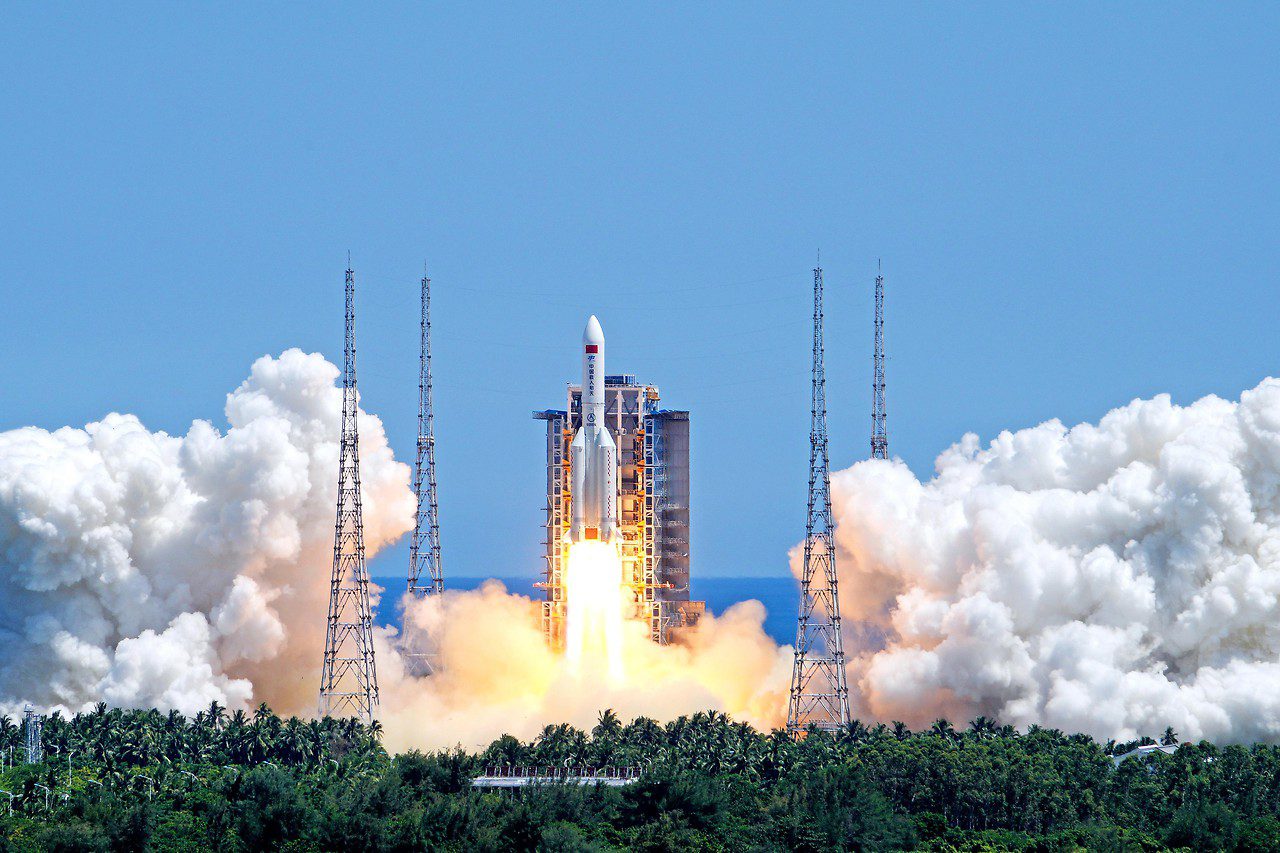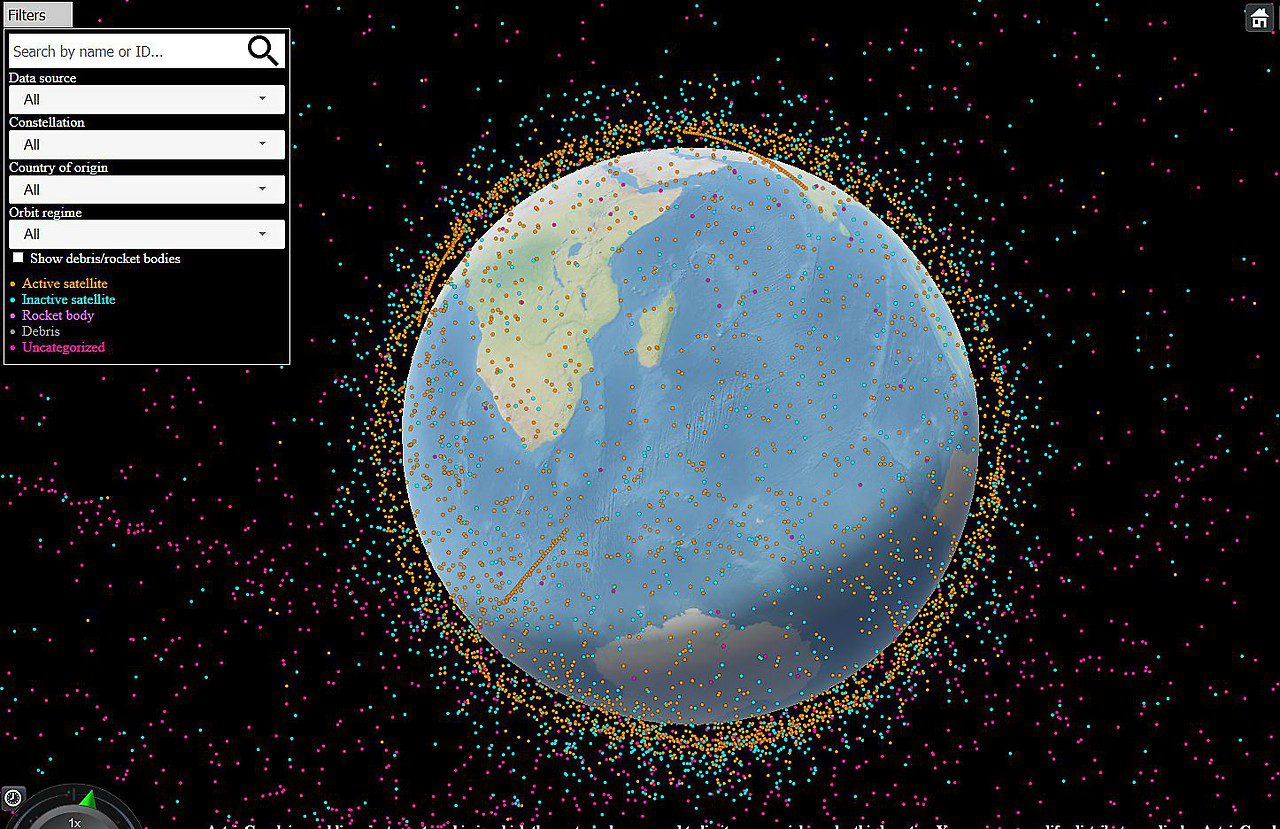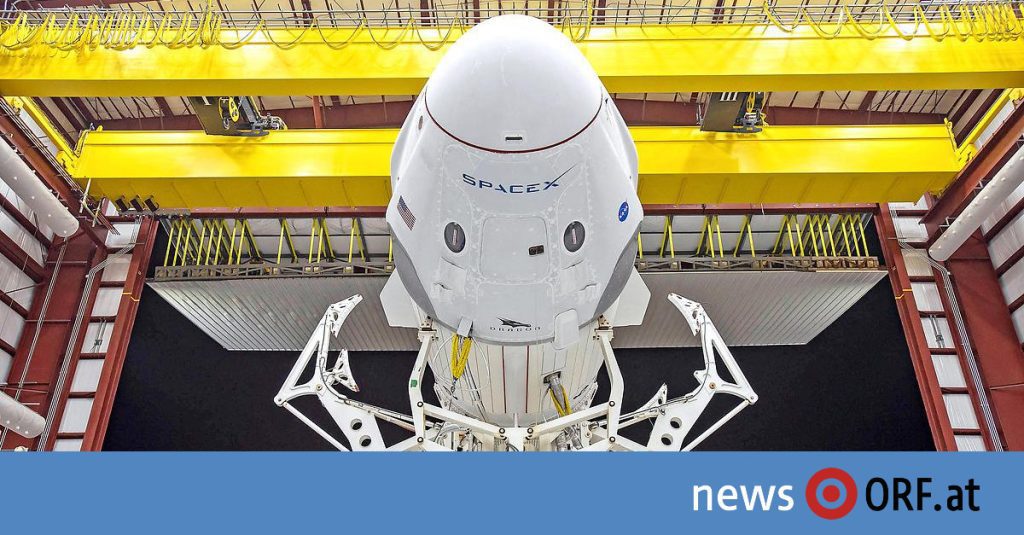At first glance, Brad Tucker, an astrophysicist at the Australian National University, told the Guardian that the space debris looked like a “burnt tree” and “like an extraterrestrial obelisk”. It’s no wonder, then, that the excitement was great at first after two sheep farmers discovered charred black bits of metal in a field in a mountain range south of the Australian capital, Canberra.
After Tucker previously stated that the timing and location of the debris corresponded to the SpaceX spacecraft’s re-entry into Earth’s atmosphere at 7 a.m. on July 9, technical experts at ASA have since confirmed the origin. “The agency has confirmed that the debris originated from the SpaceX mission and remains in contact with our colleagues in the United States, as well as with other parts of the Commonwealth and local authorities as necessary,” a US space agency spokesperson said.
According to ABC News, the pieces could represent the largest space junk discovery in Australia since 1979 when parts of NASA’s Skylab space station crashed near the southwestern Australian city of Palladonia. Falling in early July, space debris sent a streak of bright light into the sky, and a sonic boom that Newsweek reported could be heard across the region – even in Albury, Wagga Wagga and Canberra.
Residents should not try to salvage parts
Tucker told the Guardian that since the first two pieces of wreckage were announced, a third piece has been found in the west near Jindabyn. The astrophysicist expects more people to come forward in the coming weeks, months, and even years after the wreck is found in the area.
An ASA spokesperson pleaded, however, that if residents discover more “suspicious pieces of debris,” they should not attempt to rescue them themselves. You should call the SpaceX Debris hotline at 1-866-623-0234 or [email protected]. According to Guardian information, there is currently a debate over whether SpaceX will eventually collect the debris. It is appropriate to clarify this because it can be related to potential liability and claims for compensation – the decision on this will be made at the governmental level.
The likely scenario, according to Tucker, is that there would be no payments because there was no damage — unlike when a Soviet nuclear-powered satellite crashed in Canada in the 1980s. Then Canada demanded compensation of $ 6 million from the Soviet Union, which eventually received about half.
The unwanted space should end up in the ocean
If the rocket stages do not burn completely when they enter the Earth’s atmosphere, the remaining parts should already have ended up at sea. It’s very rare for space debris to land in a populated area, Tucker said, according to the Guardian. China’s English-language daily Global Times wrote that the fact that missile debris falls to Earth is “a common occurrence in space”.
Just a few days ago, the “uncontrolled” re-entry of a large Chinese space rocket into Earth’s atmosphere caused international criticism. According to official information from Beijing, the remains fell into the sea near the Philippines. China’s space program reported that “most of the final stage” of the Long March 5B-Y3 rocket had burned out. The remaining debris fell east of the Philippine island of Palawan in the Sulu Sea.

Although experts considered the probability of infection of people or populated areas low, NASA and experts criticized the Chinese approach. “The People’s Republic of China did not share specific trajectory information,” said NASA Administrator Bill Nelson. This kind of information sharing is “critical to the responsible use of space and to the security of people here on Earth.”
Also in space is an increased risk
Space debris is also a growing problem in space travel. Time and time again, the International Space Station (ISS) has to avoid bits of debris flying through space, as it did last time in April. The collision could destroy the space station. Even small shards with sharp edges can rip dangerous holes in spaceships and havoc probe. Experts fear that without countermeasures, thousands of fragments will make spaceflight nearly impossible at some point.

With a large telescope and modern laser technology, the Johannes Kepler Observatory wants to locate and pinpoint space debris as accurately as possible. The research unit at Empingen in Baden-Württemberg opened in July, and it aims to use the data and information collected there to help, for example, protect active satellites from dangerous collisions with space debris.
After the debris was found, the ASA has also spoken out in favor of more measures against space debris. “The agency is committed to the long-term sustainability of space activities, including the mitigation of space debris, and it has highlighted this on the international stage,” a US space agency spokesperson said. It is also developing a framework for space sustainability and finalizing a roadmap for space awareness and debris mitigation.

“Total coffee aficionado. Travel buff. Music ninja. Bacon nerd. Beeraholic.”








More Stories
Coral Seeding: Artificial Insemination Makes Coral More Heat Tolerant
Fear, Anger, and Denial: How People Respond to Climate Change – Research
LKH Graz: Using radiation to combat heart arrhythmias